Your Child Will Learn
How to organize data with a chart
Here’s What to Do
- At the beginning of the week, make a chart. Draw 7 columns and label them with every day of the week across the top. Draw as many rows as there are people who eat dinner at your house.
- Every night, count how many people are eating dinner at your house.
- Have your child write an “X” (or a circle) for each person in that day’s column. Invite your child to count the X’s and help them write the total at the bottom of each day’s column.
- At the end of the week, look at your chart and describe what you notice. Compare which days had the most and least people, and which days were the same.
Put PEER Into Action
PAUSE
- Hold hands with everyone at the dinner table. Take a deep breath in and out together.
ENGAGE
- “How many people are eating dinner together tonight?”
- “I notice that on Monday we had 4 people eating dinner together (point to the Monday column). What other day were there also 4 people?”
ENCOURAGE
- Encourage your child to fill out the chart on their own. If needed, you can fill it out on the first day as an example.
- Ask your child to make their own observations: “What do you notice?”
REFLECT
- “What should we make a chart to track next?”
Not Quite Ready
Have your child count the family members and have an adult demonstrate how to fill out the chart.
Ready for More
Encourage your child to make their own charts to keep track of other things in their life.
As Your Child Masters This Skill
They will understand how a chart can organize numbers and information.
Time to Complete
10 minutes
Materials Needed
Paper, writing supplies
